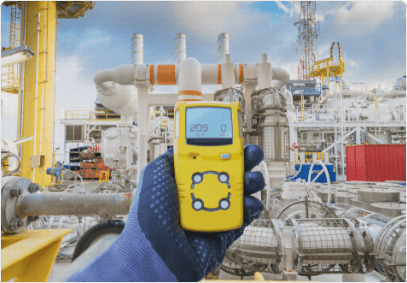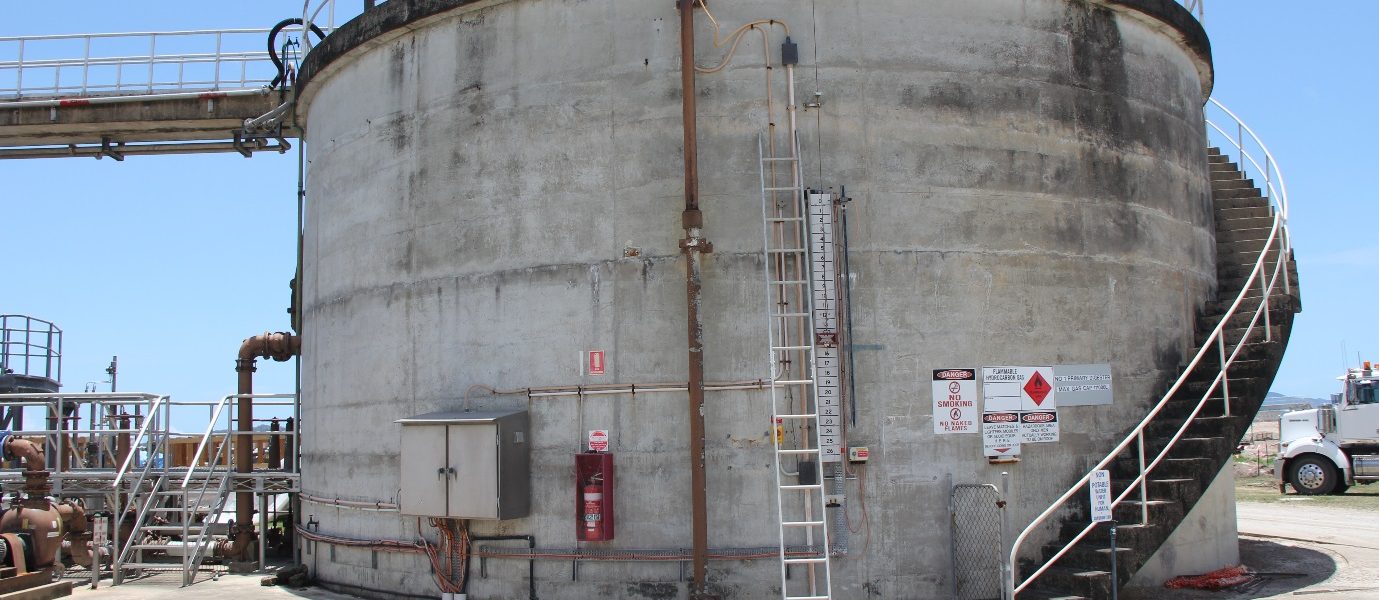Roar Solutions for Dummies
Roar Solutions for Dummies
Blog Article
Everything about Roar Solutions
Table of ContentsRoar Solutions for BeginnersIndicators on Roar Solutions You Need To KnowGetting The Roar Solutions To Work
In order to shield setups from a potential explosion an approach of analysing and categorizing a potentially harmful location is required. The function of this is to make sure the proper option and installment of devices to inevitably avoid a surge and to ensure safety of life.
(https://urlscan.io/result/8b06a2f1-9edb-4076-8512-31003b1bcc3a/)
No equipment must be set up where the surface area temperature of the tools is higher than the ignition temperature of the provided threat. Below are some usual dust dangerous and their minimal ignition temperature. Coal Dirt 380C 225C Polythene 420C (melts) Methyl Cellulose 420C 320C Starch 460C 435C Flour 490C 340C Sugar 490C 460C Grain Dust 510C 300C Phenolic Resin 530C > 450C Aluminium 590C > 450C PVC 700C > 450C Residue 810C 570C The chance of the risk existing in a focus high sufficient to trigger an ignition will vary from location to location.
In order to classify this risk an installment is divided into locations of danger depending upon the quantity of time the hazardous is existing. These locations are referred to as Zones. For gases and vapours and dirts and fibres there are three areas. Area 0 Area 20 An unsafe environment is extremely most likely to be present and might be present for extended periods of time (> 1000 hours per year) and even continuously Area 1 Zone 21 A hazardous atmosphere is feasible yet not likely to be existing for lengthy durations of time (> 10 450 C [842 F] A category of T6 implies the minimal ignition temperature is > 85 C [185 F] Unsafe location electrical equipment possibly developed for use in greater ambient temperatures. This would certainly suggested on the ranking plate e.g. EExe II C T3 Ta + 60C( This implies at 60C ambient T3 will not be gone beyond) T1 T1, T2, T3, T4, T5, T6 T2 T2, T3, T4, T5, T6 T3 T3, T4, T5, T6 T4 T4, T5, T6 T5 T5, T6 T6 T6 A T Course ranking of T1 implies the optimum surface temperature created by the tool at 40 C is 450 C. Presuming the associated T Course and Temperature level ranking for the tools are suitable for the location, you can constantly make use of an instrument with a much more rigid Division rating than required for the area. There isn't a clear solution to this inquiry. It really does rely on the type of devices and what fixings require to be accomplished. Tools with specific test procedures that can not be done in the area in order to achieve/maintain third party score. Must return to the manufacturing facility if it is prior to the equipment's solution. Area Repair Service By Authorised Worker: Challenging testing might not be called for nevertheless certain procedures may need to be followed in order for the equipment to keep its 3rd party score. Authorised employees should be employed to execute the job appropriately Fixing need to be a like for like replacement. New part have to be considered as a direct replacement requiring no special screening of the equipment after the repair work is total. Each tool with a hazardous ranking should be assessed independently. These are detailed at a high degree below, yet for even more in-depth information, please refer straight to the guidelines.
Examine This Report on Roar Solutions
The equipment register is a comprehensive database of equipment documents that consists of a minimum set of fields to recognize each thing's location, technological parameters, Ex-spouse classification, age, and ecological data. The ratio of Thorough to Close examinations will be identified by the Tools Danger, which is assessed based on ignition danger (the likelihood of a resource of ignition versus the probability of a combustible ambience )and the dangerous location category
( Zone 0Area 1, or 2). Carrying out a durable Risk-Based Assessment( RBI )strategy is vital for ensuring conformity and safety in handling Electrical Tools in Hazardous Areas( EEHA).
The Ultimate Guide To Roar Solutions

In terms of eruptive threat, a hazardous area is an environment in which an eruptive atmosphere exists (or may be expected to be existing) in amounts that require special precautions for the building, setup and usage of devices. Roar Solutions. In this article we check out the difficulties encountered in the office, the danger control measures, and the required competencies to function safely
It is a repercussion of contemporary life that we manufacture, store or handle a series of gases or fluids that are deemed flammable, and a variety of dusts that are regarded flammable. These materials can, in specific problems, create explosive environments and these can have major and terrible consequences. A lot of us are acquainted with the fire triangle eliminate any kind of one of the 3 aspects and the fire can not occur, but what does this mean in the context of dangerous locations? When breaking this down right into its most basic terms it is essentially: a mix of a certain amount of release or leakage of a specific compound or product, blending with ambient oxygen, and the presence of a resource of ignition.
In a lot of circumstances, we can do little regarding the degrees of oxygen airborne, however we can have substantial influence on resources of ignition, for example electric devices. Hazardous locations are recorded on the unsafe location category illustration and are determined on-site by the triangular "EX" sign. Here, among other key info, areas are split right into three kinds depending upon the threat, the possibility and period that an explosive atmosphere will exist; Area 0 or 20 is considered the most harmful and Zone 2 or 22 is regarded the least.
Report this page